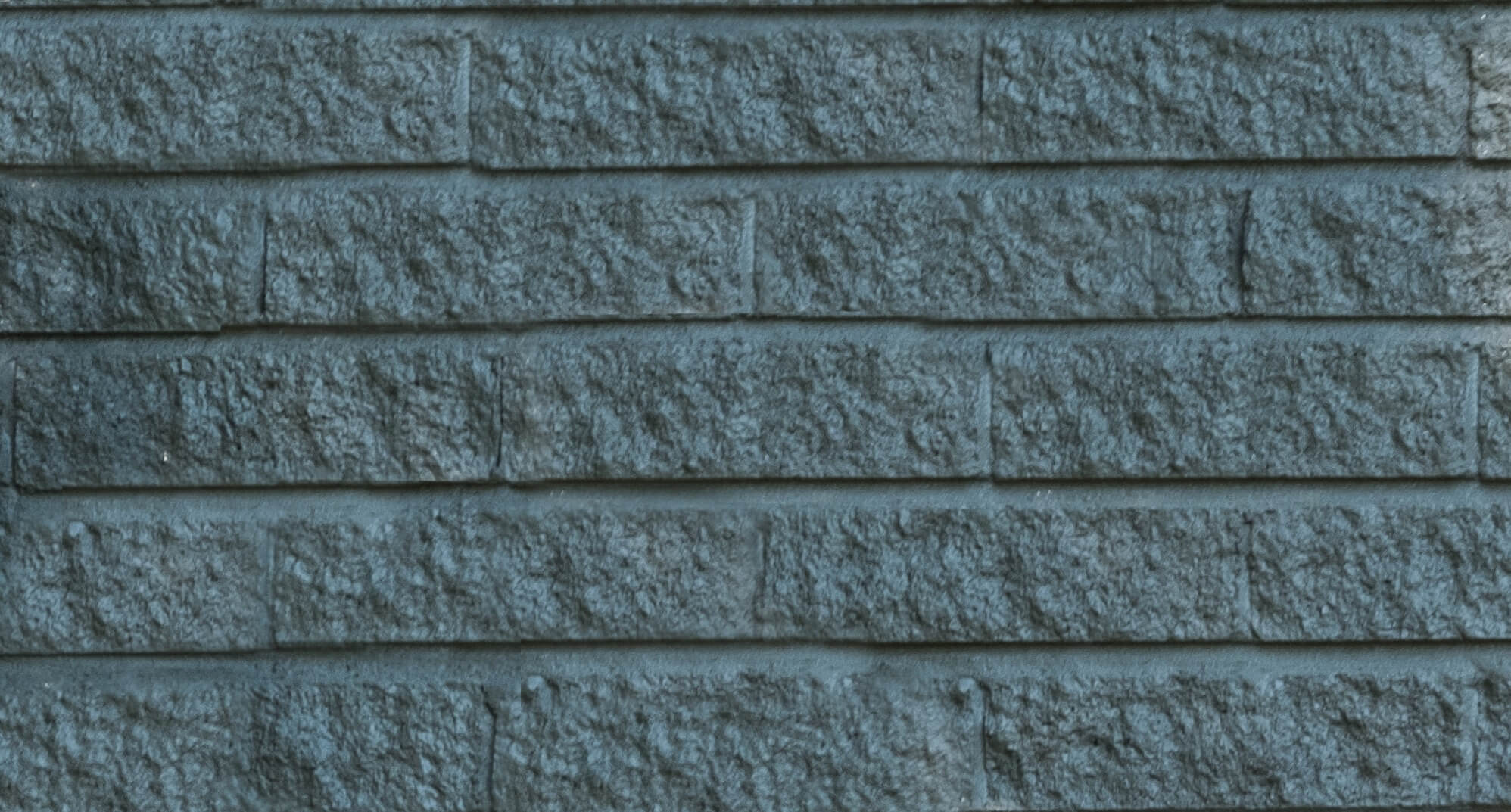Want to learn how to paint a door? Follow our guide!
If you are looking for a way to learn how to paint a door, you’ve come to the right place. From a technical standpoint, many things can go wrong. The secret to a good painting job is in the preparation.
Step 1 – Preparation
- Start by removing the lock and door handle. If it is a Baldwin handle, do not remove. Keep all the pieces together so none are lost during the process
- Remove the hinges by placing a screwdriver at the bottom of the hinge and hit it with a hammer to move the pin out of place.
- Once that is done, use a 9 in 1 tool to finish the job. Have someone hold the door as you repeat the process for the other two pins. Have them keep the door level with their foot.
- Once all pins are out, you can remove the door. If you don’t feel comfortable moving the door alone, please ask for help.
- Place two stands in a “V” formation before taking the door out. This will allow the stands to not stick out and will make it easier to tape and sand the door. Place the door on the stands and make sure it is secure and in place.
- Begin the preparation of the door by removing the weather strip.
Step 2 – Sanding the Door
- Begin by sanding the door with 320-grade sandpaper to ensure the door is smooth to the touch. Scotch bright all the hard to reach areas thoroughly.
Step 3 – Removing the Dust
- After blowing off the dust with your HVLP compressor, pass a tack cloth to remove any fine particles that may remain on the door.
Step 4 – Cleaning with Acetone
- Use a clean rag with acetone to finish the preparation of the door.
- Do not pour acetone into the rag on a driveway or on grass, use a bucket or cover to protect the surface you are on.
- Always close the cap of the acetone bottle to keep the acetone from evaporating quickly due to the heat.
- Keep acetone always out of direct sunlight or anything hot.
- When using acetone, always use a filtered mask and gloves.
- Always use clean parts of the rag when acetoning the door.
- Once one wipe of the rag is done, use another clean section of the rag for the next wipe or else you will be spreading around the dust on the surface of the door.
Step 5 – Removing the Dents
- Spot the dents and circle them with a pencil.
Step 6 – Preparing your Putty
- Make sure the putty plate is flat and smooth. If it is not, sand it down with a strong grade sand paper such as 120.
- Add about 5 to 10 percent hardener to the putty and mix thoroughly cutting into the mixture. Continue for about 15 seconds until the mixture has changed color.
- Mix the putty only right before you are ready to apply as it dries quite rapidly.
- Apply a decent amount of putty to the dent making sure the hole is completely covered and then smooth it out using a spatula. Wait for the putty to dry for about 5-10 minutes, and sand with a 220-grade sand paper. Remember to keep the sander flat to evenly sand the surface.
- Continue to sand but with a 400-grade sandpaper to smooth out the edges. Blow off the dust again with the HVLP compressor and use a tack cloth to clean the rest of the surface. Use high build primer, shake the can until the beads stop making a sound.
- Apply a thin tack coat onto the areas that are exposed by bare aluminum or onto the putty which has been applied. Wait 5 minutes and apply a second coat. Then wait an additional 10 minutes for the primer to completely cure.
Step 7 – Painting the Door
- Sand the primer lightly with 400-grade sandpaper. Use a tack cloth to remove any dust particles that may remain on the surface. For doors with bare plastic surfaces, apply plastic primer.
- Shake the can and apply thin coats to ensure the entire surface has been covered. Place the door into the mobile spray booth and plug in the spray booth. Always double check the taping before you start to spray, and then start by spraying the edges and the hard-to-reach areas of the door. Apply multiple tack coats.
- Once done, check for missing paint and make sure the surface is smooth.
- Apply caulking around the door frame and reinstall the door.
- Reassemble the door handle and test the mechanism to make sure everything is in working order.
Subscribe to our blog & newsletter.
This is the advantage of subscribing to our blog.













